Exploring Swarm Intelligence in AI: Nature-Inspired Problem-Solving
Embracing the Hive Mind: Leveraging Swarm Intelligence in AI
In the ever-evolving field of Artificial Intelligence (AI), the quest for innovation leads us down many fascinating paths, one of which is the concept of Swarm Intelligence (SI). Drawing inspiration from nature, particularly the collective behavior of social insects like bees, ants, and termites, Swarm Intelligence offers a compelling blueprint for enhancing distributed problem-solving capabilities in AI systems.
Understanding Swarm Intelligence
At its core, Swarm Intelligence is the collective behavior of decentralized, self-organized systems. Think of how a flock of birds navigates vast distances with remarkable synchrony or how an ant colony optimizes food collection without a central command. These natural systems embody problem-solving capabilities that AI researchers aspire to replicate in machines. By leveraging local interactions and simple rule-based behaviors, Swarm Intelligence enables the emergence of complex, collective intelligence from the interactions of many individuals.
<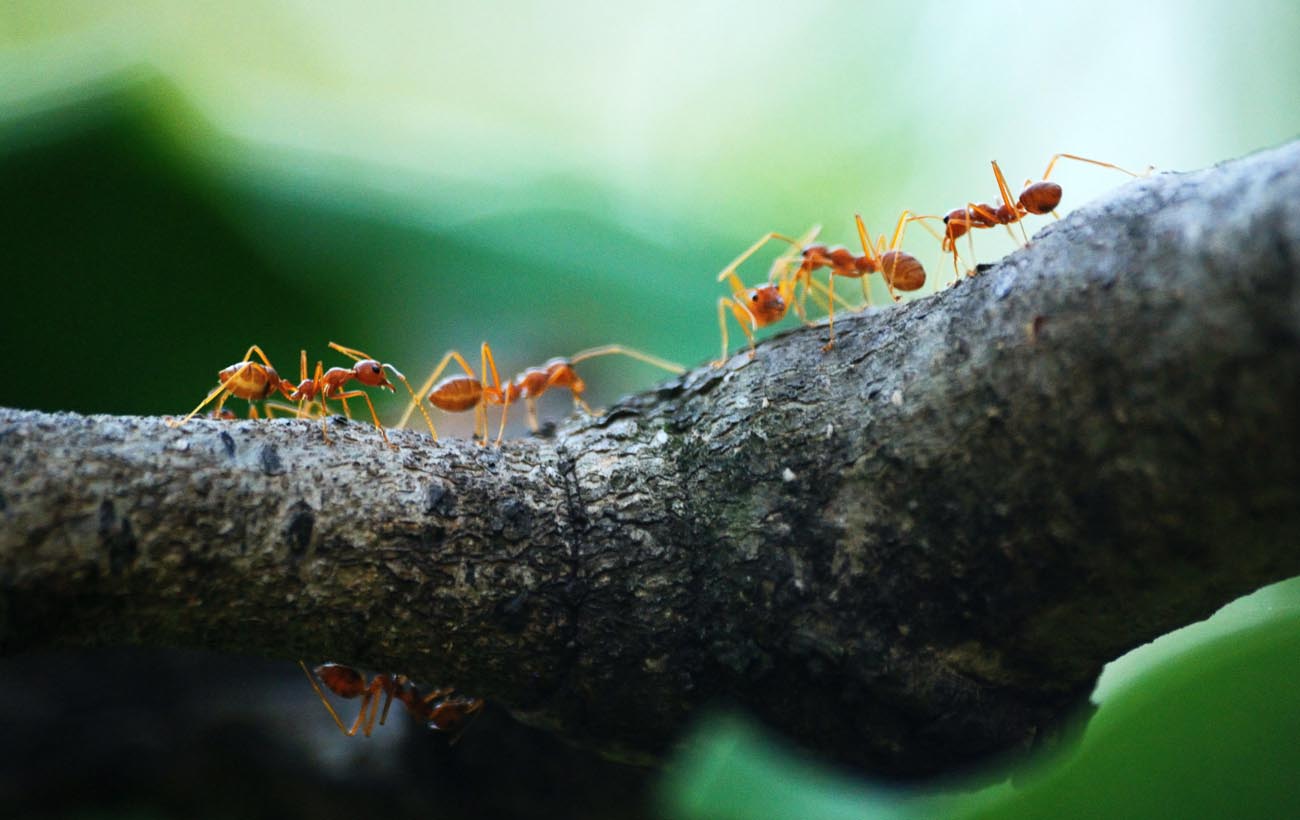 >
>
Swarm Intelligence in Artificial Intelligence
Swarm Intelligence has found its way into various applications within AI, offering solutions that are robust, scalable, and adaptable. By mimicking the behaviors observed in nature, researchers have developed algorithms that can optimize routes, manage networks, and even predict stock market trends. For instance, Ant Colony Optimization (ACO) algorithms, inspired by the foraging behavior of ants, have been effectively used in solving complex optimization problems such as vehicle routing and network management.
<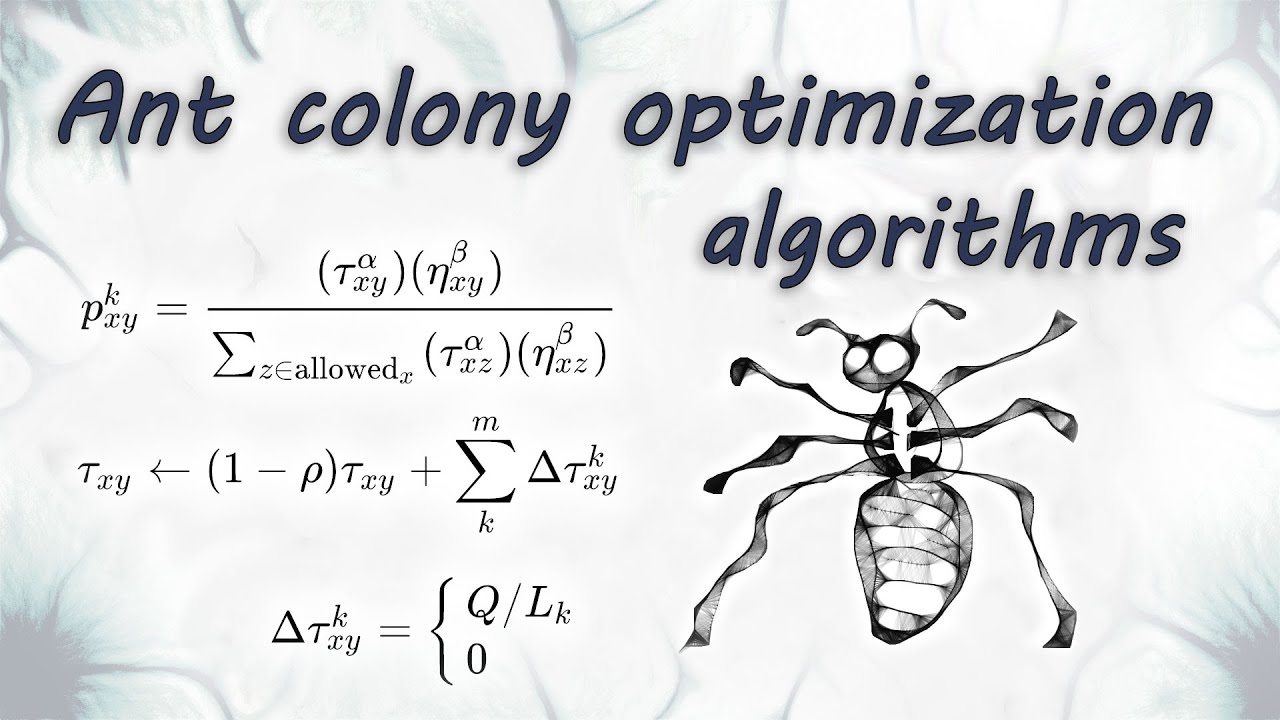 >
>
The Importance of Swarm Intelligence in Large Language Models (LLMs)
In a previous discussion on clustering in Large Language Models, we touched upon the challenges and impacts of LLMs on machine learning’s future. Here, Swarm Intelligence plays a critical role by enhancing the capability of LLMs to process and understand vast amounts of data more efficiently. Through distributed computing and parallel processing, Swarm Intelligence algorithms can significantly reduce the time and computational resources needed for data processing in LLMs, bringing us closer to achieving near-human text comprehension.
Case Study: Enhancing Decision-Making with Swarm Intelligence
One of the most compelling applications of Swarm Intelligence in AI is its potential to enhance decision-making processes. By aggregating the diverse problem-solving approaches of multiple AI agents, Swarm Intelligence can provide more nuanced and optimized solutions. A practical example of this can be found in the integration of SI with Bayesian Networks, as explored in another article on Enhancing Decision-Making with Bayesian Networks in AI. This combination allows for improved predictive analytics and decision-making by taking into account the uncertainties and complexities of real-world situations.
<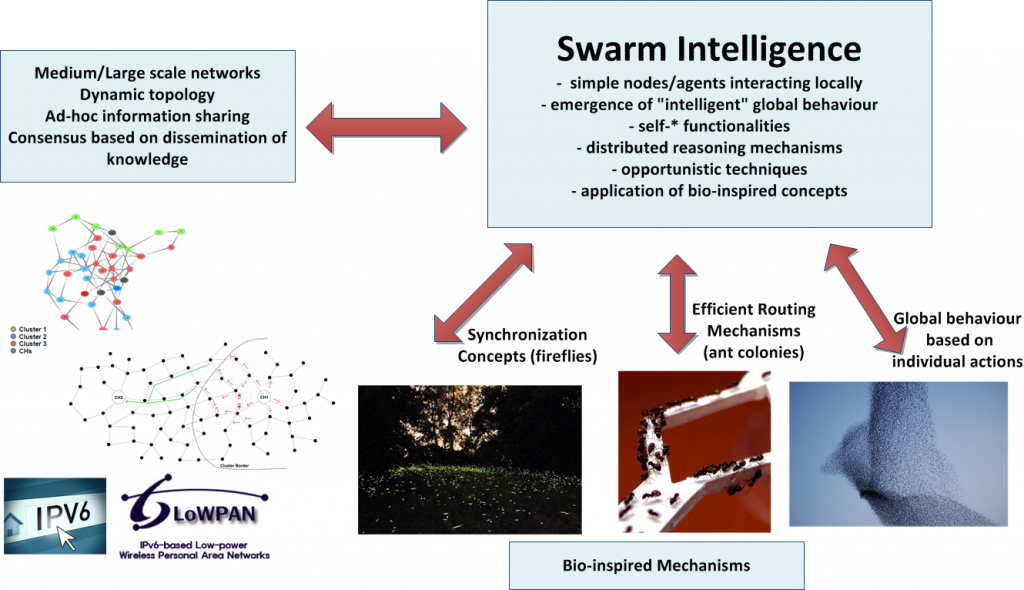 >
>
Challenges and Future Directions
While the potential of Swarm Intelligence in AI is immense, it is not without its challenges. Issues such as ensuring the reliability of individual agents, maintaining communication efficiency among agents, and protecting against malicious behaviors in decentralized networks are areas that require further research. However, the ongoing advancements in technology and the increasing understanding of complex systems provide a positive outlook for overcoming these hurdles.
The future of Swarm Intelligence in AI looks promising, with potential applications ranging from autonomous vehicle fleets that mimic flocking birds to optimize traffic flow, to sophisticated healthcare systems that utilize swarm-based algorithms for diagnosis and treatment planning. As we continue to explore and harness the power of the hive mind, the possibilities for what we can achieve with AI are boundless.
In conclusion, Swarm Intelligence represents a powerful paradigm in the development of artificial intelligence technologies. It not only offers a path to solving complex problems in novel and efficient ways but also invites us to look to nature for inspiration and guidance. As we forge ahead, the integration of Swarm Intelligence into AI will undoubtedly play a pivotal role in shaping the future of technology, industry, and society.
Focus Keyphrase: Swarm Intelligence in AI
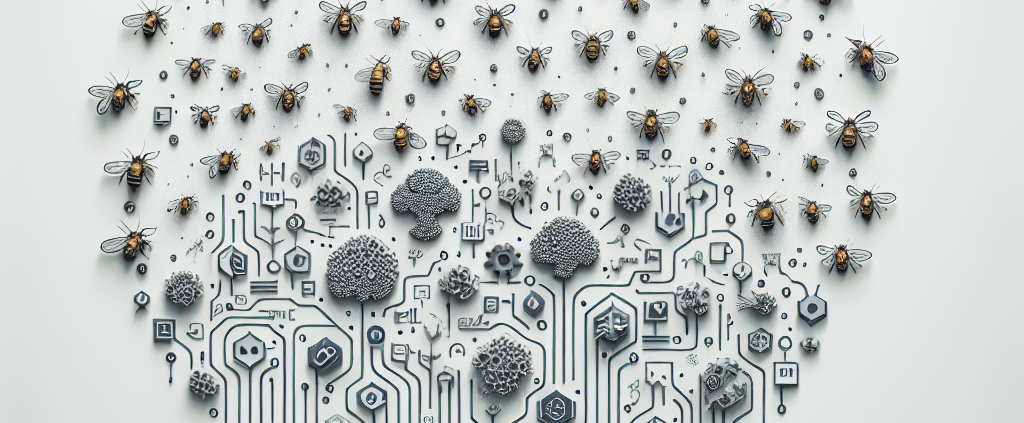
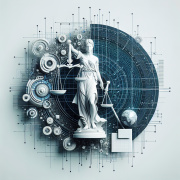
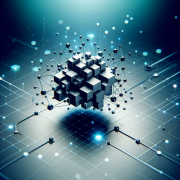
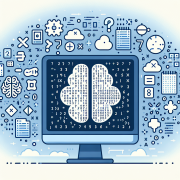
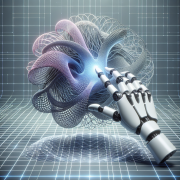

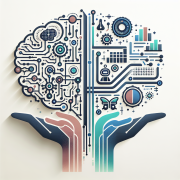


Hi everyone, David Maiolo here. I penned this article to shed light on the fascinating world of Swarm Intelligence in AI, a topic that captivates me immensely. Drawing inspiration from the natural world, this approach has the potential to radically transform how AI systems solve complex problems. My goal in writing this was to explore the implications of blending natural phenomena with advanced technologies, paving a new path for innovation in AI. I hope it offers you fresh insights and sparks your interest in the endless possibilities of Artificial Intelligence.
As much as I find the advancements in AI intriguing, the mention of Swarm Intelligence brings me to a crossroads. While your article, David, effectively outlines the potential benefits, it’s hard to ignore the underlying fear of unforeseen consequences, especially in deploying decentralized intelligent systems. The parallels drawn from nature are fascinating, no doubt, but they also highlight a level of unpredictability when we attempt to model complex artificial systems after them. My skepticism doesn’t stem from the technology itself, but from wondering whether we can truly foresee and manage the outcomes of such profound integration of SI in technology.